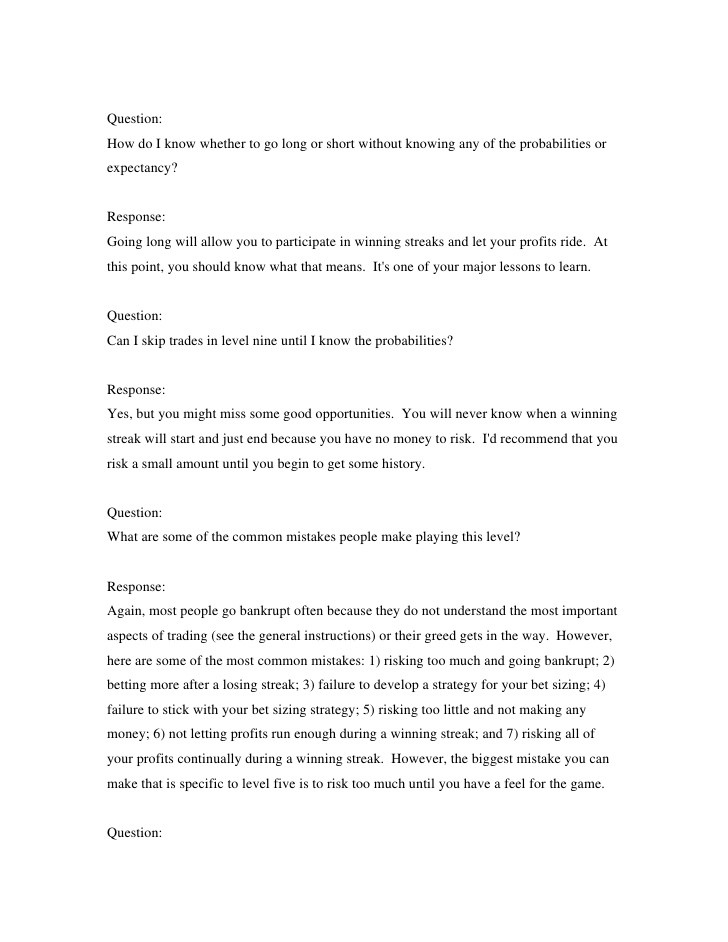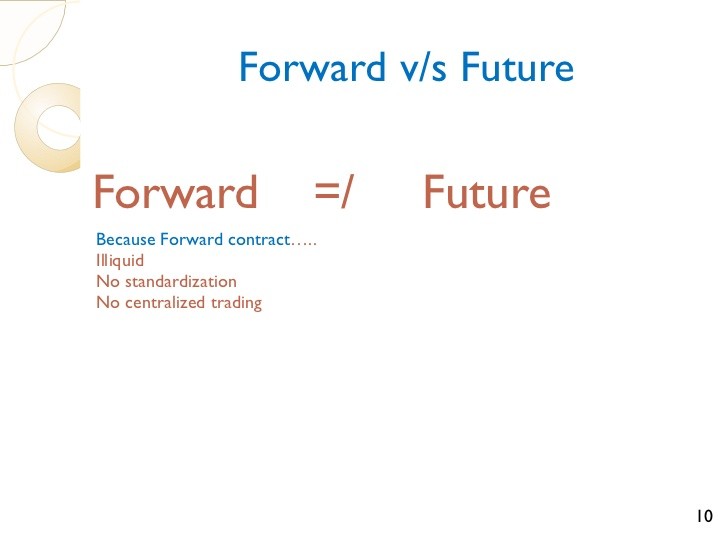An intro to trading long
Post on: 10 Апрель, 2015 No Comment

an intro to trading long/short ETFs in pairs using first principles of geodesics. 0 comments
Jul 26, 2009 6:26 PM | about stocks: SH. SPY
my long/short paired ETF trade model is based on first principles of geodesics. in the case of this model, a geodesic is a curved path (in some cases the geodesic can be a straight line on a flat plane or a curved path like longitudinal lines on the globe) upon which a vector representing the delta neutral weights of the long/short ETF pair traverse. ETF slippage & tracking errors introduces non-linear rates of change into each paired ETF over periods of time longer than one day. since the long/short ETF price rates of changes are non-linear w.r.t each other, the weights of these ETFs in a delta neutral geodesic pairs trade must change in a manner that minimizes the weight change of BOTH ETFs at the same time to seek to maintain neutral.
in otherwords, long/short ETFs in delta neutral pairs trade are subject to small perturbations, the system will attempt to spread the changes out over all the variables so that each variable changes by the LEAST amount possible. this is especially true of systems in a state of equilibrium whether the system is classically thermal, electrical, fluidic, gaseous or elastic in nature. well, you may say, there’s some hand waving going on here because we’re talking about ETFs and the stock market. this model was developed after observing long/short ETFs trading pairs tracking the same index seek equilibrium in a similar manner as classical 2-body physical systems.
but here’s the rub & benefit to understanding the analysis. over periods of time more than a day, the value of a long/short ETF portfolio will begin to drift away from neutral due to all the reasons these ETFs have received there fair amount of criticism. having dealt with problems such as this in the field of mechanical engineering mechanism and automatic controls, i looked for ways to characterize paired trades using a simple 2-body mechanical model.
Ideally, these paired ETFs should trade equally in opposite directions, in a delta neutral fashion. the model i started out with contained 4 variables but 2 were unknown. using methods from the calculus of variations, i was able to write a differential equation and solve for the 2 unique values of the unkown variables which turned out to be the neutral weights. so at the end of each trading day, i solve for the new pair weights that moves the pair back toward equilibrium.
I hope I havent lost you yet because neutral weights in a long/short ETF pairs trade are the basis for constructing the geodesic. without them, there would be no meaningful model. prior to discovering the geodesic, i used PID (proportional, integral, derivative) control analysis to determine when & how fast sentinment was changing. this is an iterative process and is very time consuming. if i chose new ETFs to analyze, i’d have to go through the whole iterative proces over again. the geodesic gave me the exact same solution w/o iteration.

it’s important to note several key assumptions in constructing the model. for instance, i am assuming the total inertia of the system remains constant, period. certain components in the system can move to maintain equilibrium but the sum of the forces on the system must equal zero. the moment the components can not change any further to balance the forces, the system gains inertia and starts moving in the direction of the opposing resultant force. the same thing happens to our ETFs. if the weights are contrained and can lo longer vary to maintain equilibrium, the value of the pair will change up or down.
let’s start with a trade at 50:50 for both the long & short ETF tide to the same index. we already know the pair will not stay 50:50. however, the ETF with the greatest RSI will move the sum value of the pair. at the end of each day, the new weights to maintain a neutral trade are calculated and those weights are used to produce 2 paramters that construct the geodesic. the rates of change of these parameters are key to knowing if the index is just selling off or if an overall sentiment change in the index has occurred.
now when rates of change of these parameter rates are plotted versus time, they give a very accurate indication whether the market has in fact changed direction and/or sentiment. events mostly occur when the slope of the geodesic path changes sign. if the rates of change of the geodesic parmaters cross the x-axis in their chart, a sentiment change has been confirmed. if the sum of the contributions to each weigh does not equal zero, it will not be possible to adjust the weights enough to keep the sum value of the portfolio from changing. the time to scram is before that happens.
Instablogs are blogs which are instantly set up and networked within the Seeking Alpha community. Instablog posts are not selected, edited or screened by Seeking Alpha editors, in contrast to contributors’ articles.














